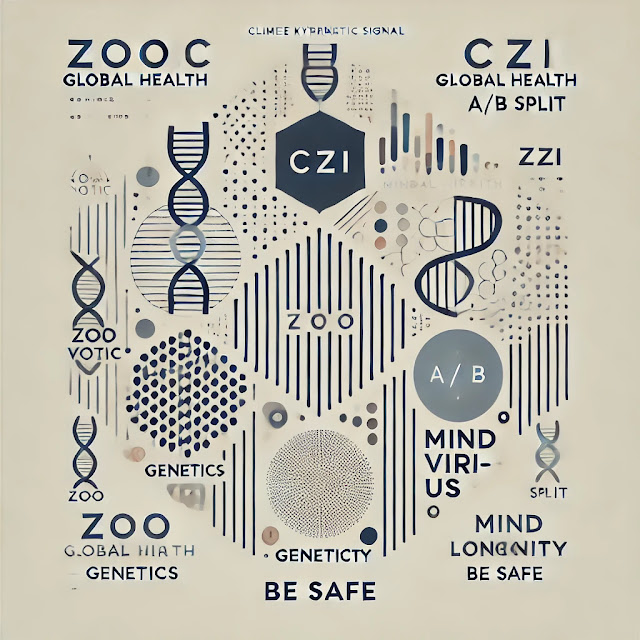CZI stands for Center for Zoonotic Infections, and it is the branch that deals with zoonotic diseases within the CDC (Centers For Disease Control And Prevention). The focus of this center lies on preventing further spread or transmission from animals to humans. They work in collaboration with other departments like Veterinary Services, Animal Health Programs and Wildlife Service Centers for better understanding about zoonotic diseases as well as their treatment methods.
The Center for Zoonotic Infections is a critical branch within the Centers for Disease Control and Prevention (CDC) that focuses specifically on the prevention and control of zoonotic diseases—diseases that are transmitted from animals to humans. This center plays a pivotal role in public health by monitoring, researching, and developing strategies to prevent outbreaks of zoonotic diseases, such as rabies, avian influenza, Lyme disease, and more recently, COVID-19, which likely originated from animal species.
Key Focus Areas:
- Disease Surveillance: The Center for Zoonotic Infections continuously monitors animal populations for the presence of pathogens that could potentially spill over into human populations. This involves tracking emerging zoonotic diseases in domestic animals, wildlife, and livestock.
- Collaboration with Veterinary and Animal Health Services:
-
The center works closely with Veterinary Services to monitor and respond to diseases in domestic animals.
- It collaborates with Animal Health Programs to ensure the proper vaccination and treatment of livestock and domestic animals, which helps in minimizing zoonotic disease transmission.
- The Wildlife Service Centers play a crucial role in tracking diseases in wild animals, which often act as reservoirs for zoonotic pathogens.
- Conducts research to better understand the transmission pathways of zoonotic diseases.
- Focuses on the development of vaccines, treatments, and public health strategies to prevent zoonotic diseases from reaching epidemic levels in human populations.
- Analyzes the ecological and environmental factors that contribute to the spread of zoonotic infections, such as deforestation, urbanization, and climate change.
Collaborative Efforts:
The Center for Zoonotic Infections works closely with other federal, state, and international organizations, including:
- World Health Organization (WHO) and the World Organisation for Animal Health (OIE) to develop global strategies for monitoring and responding to zoonotic disease outbreaks.
- U.S. Department of Agriculture (USDA) to control zoonotic diseases in livestock and ensure food safety.
- National Institutes of Health (NIH) for advanced research into zoonotic pathogens and vaccine development.
By combining efforts with these departments and services, the center aims to:
- Reduce the risk of zoonotic diseases spreading to humans.
- Develop better diagnostic tools, therapeutics, and vaccine strategies to protect both humans and animals.
- Ensure early detection and rapid response to outbreaks through its extensive surveillance systems.
Current Relevance:
In recent years, the work of the Center for Zoonotic Infections has become increasingly relevant due to outbreaks like the Ebola virus, Zika virus, and COVID-19, all of which have zoonotic origins. The center plays a critical role in One Health initiatives, which recognize that human health is interconnected with the health of animals and the environment.
Conclusion:
The Center for Zoonotic Infections at the CDC serves as the frontline in preventing the spread of zoonotic diseases. Through collaborations with various departments and research entities, it continues to advance the understanding, treatment, and prevention of diseases that cross the animal-human boundary, safeguarding public health both in the U.S. and globally.











0 Comments